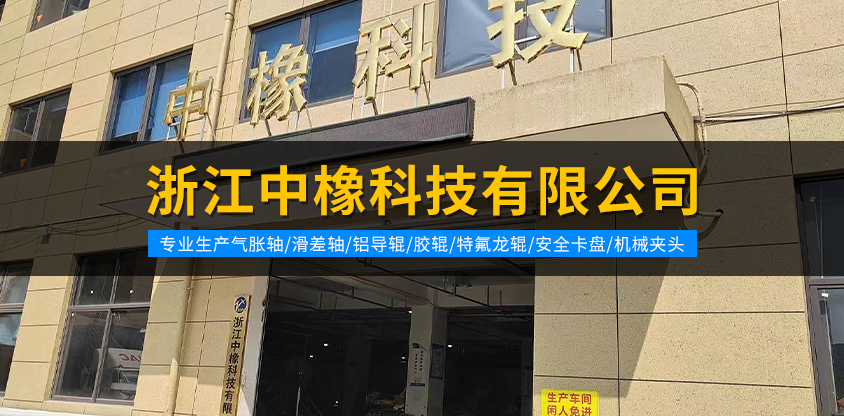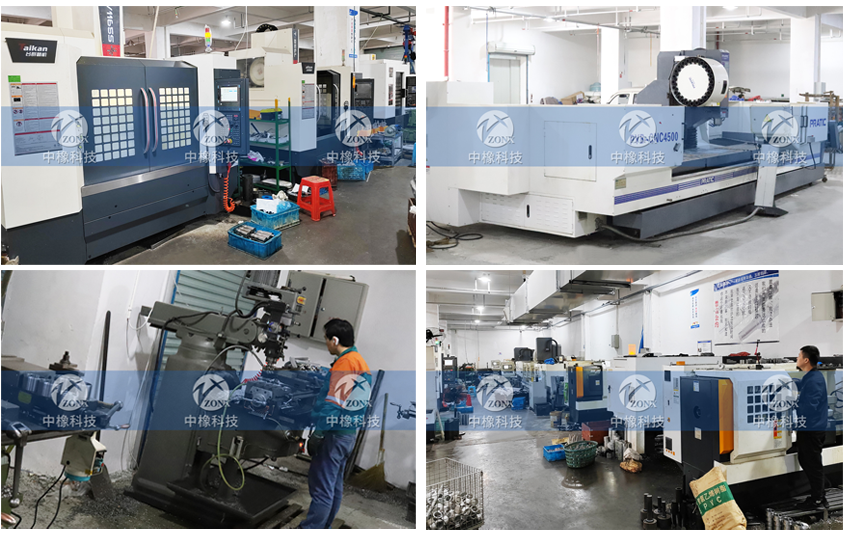Slip axis, also known as friction axis. Used for winding reels in slitting machines, and also for unwinding reels in special situations, with the aim of utilizing the slipping of various slip rings on the slip shaft
The principle is to keep multiple rolls of material on the shaft under constant tension during winding and unwinding.
A slitting machine is a device that divides a roll of material into multiple rolls, and is widely used. The function of the winding reel is to divide multiple rolls of materials into strips, from the core to the core
Wrap the outer layer evenly, neatly, and under constant tension on one or two shafts. However, due to the uneven thickness of the material itself, there is a certain thickness error, and the coil material undergoes continuous processing
After coiling, there is a greater accumulation error in the diameter of each roll material. This leads to a greater difference in the winding speed and tension of each material. Causing uneven elasticity and uneven end faces of the coil material,
Severe cases can result in material damage and scrap due to excessive tension, especially for polyester films, which not only have large thickness errors but also have high elongation, making them prone to stretching and deformation, resulting in scrap products.
The slip axis has a special structure composed of multiple slip rings, which can overcome the above phenomena. During operation, the slip ring is controlled to slip with a certain sliding torque value (torque), and the sliding amount compensates for the speed difference generated, thereby effectively controlling the tension of each roll of material and ensuring constant tension winding, thus ensuring the quality of winding.
The slip shaft is called differential shaft, sliding shaft, friction shaft, and friction shaft. Mainly used for winding in slitting machines, and also for unwinding in special occasions, with the aim of utilizing the slipping of various slip rings on the slip shaft
The principle is to maintain stable tension and roll multiple rolls of material on the shaft.
Slip shafts are generally divided into three categories: center pressure slip shafts, side pressure slip shafts, and mechanical slip shafts.
In the early days, mechanical slip shafts were commonly used, but with the increasing demand from users, mechanical slip shafts can no longer meet their needs. Therefore, mechanical slip shafts are becoming increasingly rare in the market, replaced by center pressure slip shafts and side pressure slip shafts, especially with the use of center pressure slip shafts being more widespread.
At present, there are mainly key type slip shafts, ball type slip shafts, etc. in the market for central air pressure slip shafts. Their structural principles are the same. Three grooves are dug on the axis, then airbag wool felt is installed, and finally a slip ring is installed to assemble a slip shaft.
In addition, the Dongshen slip axis and Xicun slip axis also belong to the central pressure slip axis.



